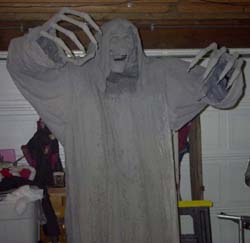What is Monster Mud? 1 part latex paint to 5 parts drywall joint compound.
What can you do with it?
How about this?
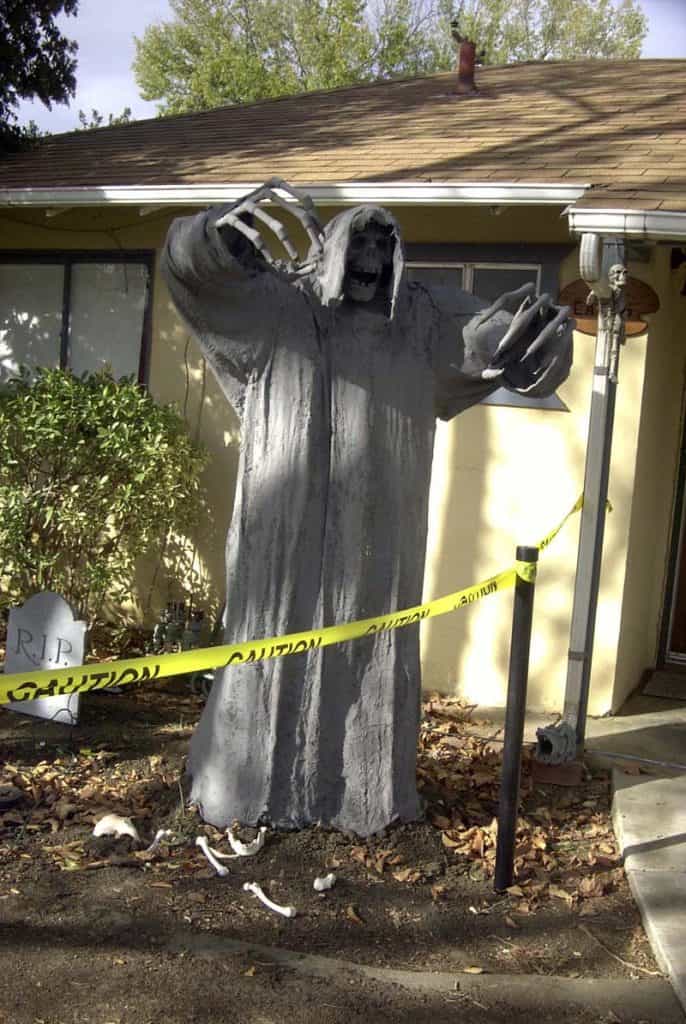
7′ 2″ tall. The skull is a giant oversized foam skull, and the hands are made out of 1/2″ PVC.
The first thing you have to know is that if you are mixing your Monster Mud and the mixer gets too close to the top of the bucket, you’ll get a big mess like this. <grin>

I had a lot of pictures of the hand construction, but they died in a catastrophic hard drive failure. This should be enough detail to give you the general idea. I started by measuring my own hands, then multiplying by 3 for each joint. The 45 degree connectors are actually only used for the first two knuckles, and then it goes straight back to the wrist. Before putting it together, I ground down the edges of the connectors to make the transition a bit less obvious.


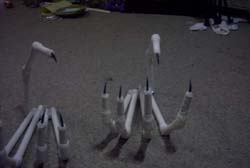
The nails are plasic “bear claws” from Tandy Leather. I bought them at Michaels on Zombo’s suggestion.


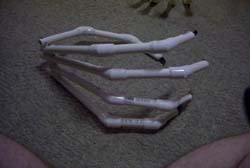

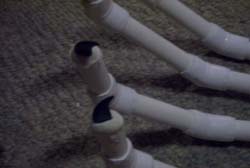
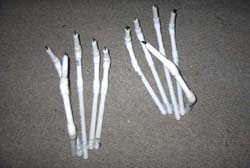
I used an air drying clay to round out the finger tips and to soften the transition between the 45 degree connectors and the “bones”
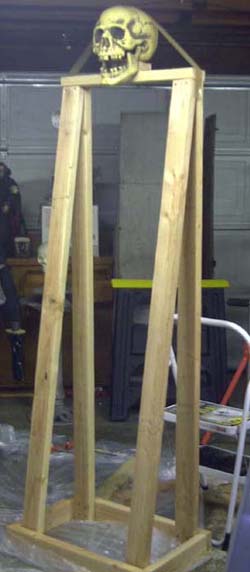
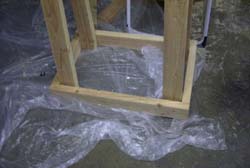
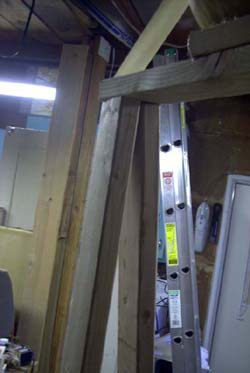
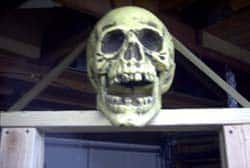


Since I was going to have the reaper reaching out, and I wasn’t sure how heavy the arms were going to turn out, I made the framework out of 2X4’s with the back upright vertical and the front angling back. My theory was that this would shift the weight further back and help balance out the arms. I have no idea if my theory works, but the reaper didn’t tip, so that’s all I care about.
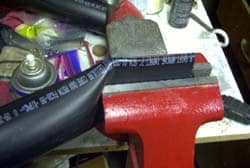
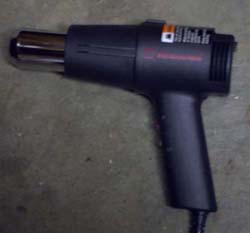
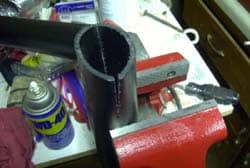
My new favorite building material is 2″ ABS pipe and a heat gun.
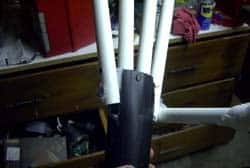
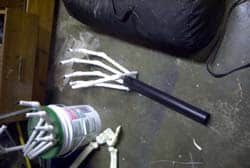
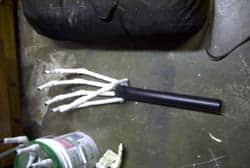
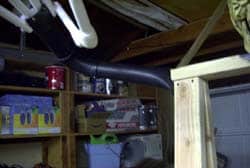

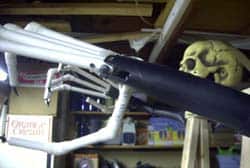
Note the screw holding the elbow joint in place in the picture above.


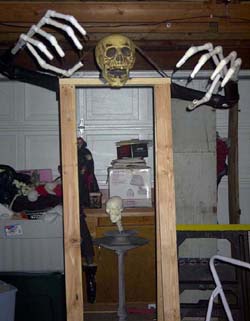
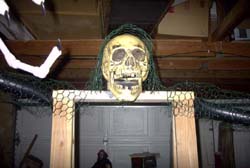
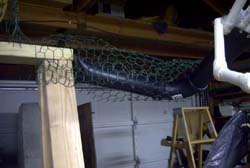
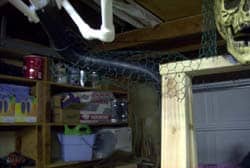
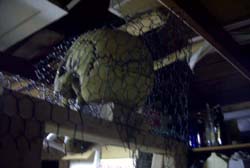

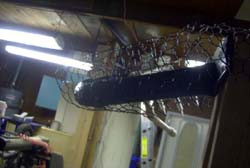
I had very little idea what I was doing with the chicken wire, so I just started attaching it in sections. I used the green vinyl coated wire because I think it is just a bit less likely to scratch the heck out of you when you are working with it… wear gloves anyways!
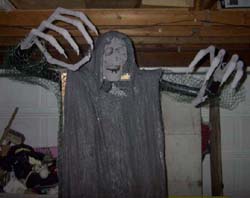
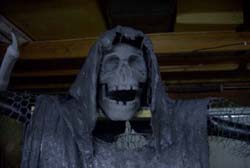
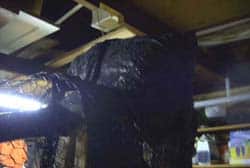
Finally, we get to the mudding itself. The main body is a long sheet of burlap with a hole cut out for the head. I just kept pushing that around in the mud until it was soaked, and draped it over. While it was still wet, I made sure that it would “flow” by adding small folds and wrinkles. I think it really makes all the difference in the effect.

